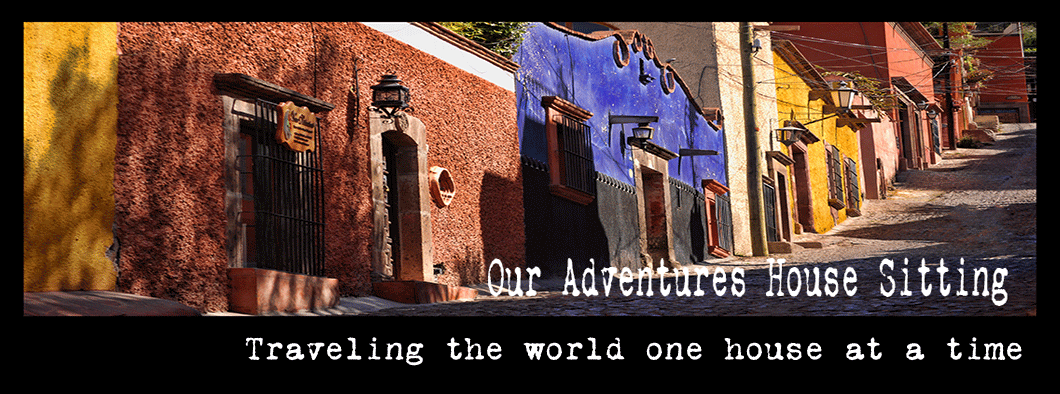Evidence of human activity in the place that is now Tallinn, Estonia dates back 5000 years. The fortress walls of Tallinn were constructed in 1050, that's 963 years ago. Yet, Tallinn has been "free" for only the past 22 years - since Estonia declared independence in 1991 during the break-up of the Soviet Union. Hard to imagine isn't it? Tallinn's favorable location on trading routes in the Gulf of Finland made it too desirable. Danish, Germans, Swedes, Russians, then the Nazis, then the Russians again. We can't begin to understand what occupation must be like. But we can appreciate. Appreciate the beauty of this UNESCO World Heritage site. Appreciate that we are free, that we've never known such hardship, and that we can come to visit and enjoy Tallinn - one of the most intact, unaltered, medieval cities anywhere. We hope you enjoy it too.
 |
| We began our visit with a climb up to the top of St. Olaf's tower, pictured here. The spectacular views were worth every steep stone step. |
 |
| Happy to have reached the top of St. Olaf's tower! |
 |
| From this vantage point we could look beyond the fortress walls to modern day Tallinn. |
 |
| In addition to its UNESCO designation, Tallinn was honored as a European Capital of Culture in 2011. |
 |
| Tallin's massive fortress walls surround the old city. |
 |
| Tallinn's Parliament building at Palace Square. |
 |
| Russian Orthodox Alexander Nevsky Cathedral |
 |
| Town Hall Square has a lively cafe scene. |
 |
| Holy Ghost Church towers over Town Hall Square. |
 |
| The site of a marketplace since the 1300's, today's Town Hall Square features craft markets and demonstrations, music events and a Christmas market. |
 |
| This modest little door leads into one of the oldest continuously operating pharmacies in Europe. |
 |
| Open since 1422, it is a combination modern pharmacy and historic museum. |
 |
| A pinch of Stallion hooves and a little Absinthe should cure what ails you! |
 |
| A view of Town Hall Square from the pharmacy. |
 |
| A last look at lovely Tallinn. |








































